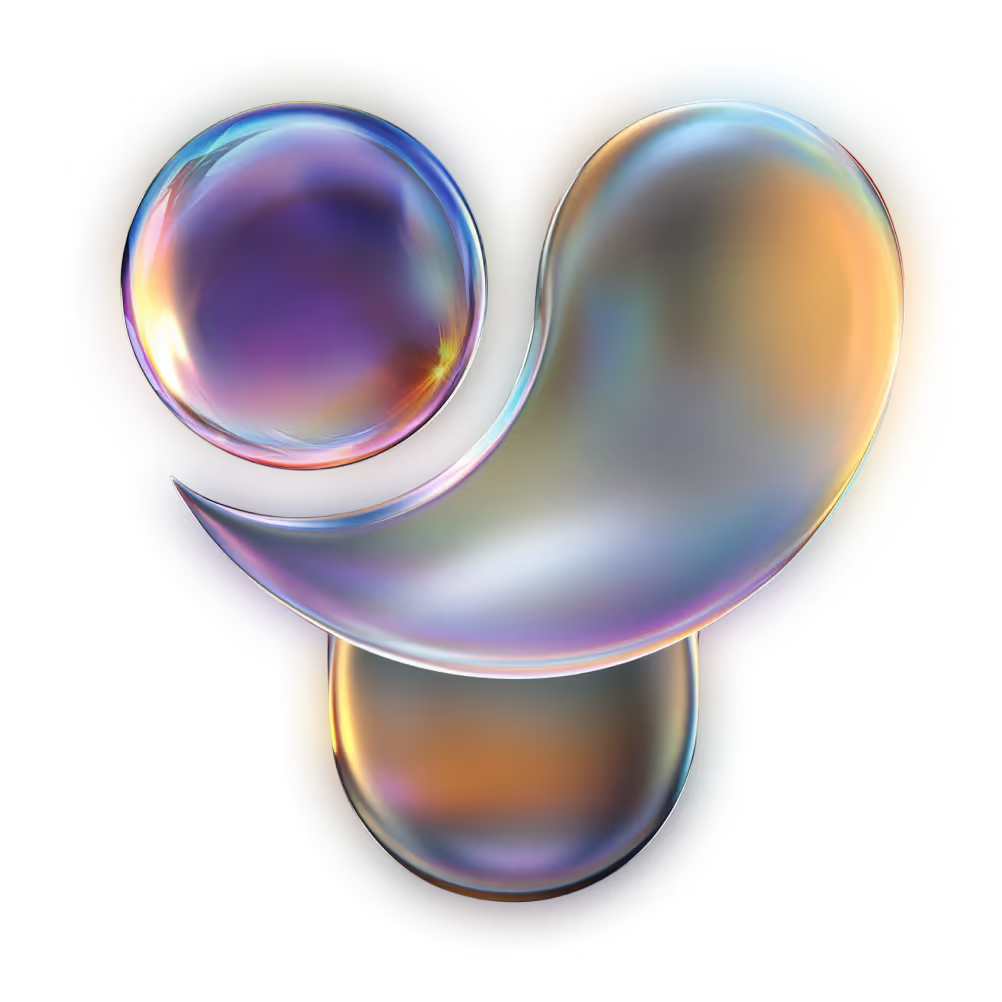Deepfakes
Discover the technology, applications, and ethical concerns of deepfakes, from entertainment to misinformation. Learn detection and AI solutions.
Deepfakes act as a sophisticated form of synthetic media where a person's likeness—including their face, voice, and
expressions—is realistically replaced with that of another individual. This technology leverages advanced
deep learning algorithms to analyze and
reconstruct visual and audio data with high fidelity. While often associated with viral videos or entertainment, the
underlying mechanisms represent a significant milestone in
generative AI, demonstrating the capability of neural
networks to understand and manipulate complex biological features.
The Technology Behind Deepfakes
The creation of deepfakes predominantly relies on a specific architecture known as
Generative Adversarial Networks (GANs). A GAN consists of two competing
neural networks: a generator and a discriminator.
The generator creates the fake content, while the discriminator evaluates it against real data, trying to spot the
forgery. Through this adversarial process, the model iteratively improves until the generated media is
indistinguishable from reality by the discriminator.
Another common approach involves autoencoders, which
are employed to compress facial features into a latent space and then reconstruct them. By swapping the decoder part
of the network, the system can reconstruct the face of a source individual onto the target's movements. Before any
swapping occurs, the system must identify the face in the source video. This preprocessing step often utilizes
real-time object detection models like
Ultralytics YOLO11 to locate and track the subject's face
with high precision.
Real-World Applications
While deepfakes are frequently discussed in the context of misinformation, they have transformative applications in
legitimate industries.
-
Film and Entertainment: Major studios use deepfake technology for
visual effects (VFX) to de-age actors or recreate the
likeness of deceased performers. For instance, Disney Research has
developed high-resolution face-swapping algorithms that streamline the post-production process, reducing the need
for expensive manual CGI.
-
Privacy and Anonymization: In investigative journalism or documentary filmmaking, deepfakes can
protect a source's identity. Instead of simply blurring a face, which can dehumanize the subject, filmmakers can
overlay a synthetic, non-existent face that preserves the original
facial expressions and emotional nuance while
completely masking the individual's true identity.
-
Synthetic Data Generation: Deepfake techniques are used to generate diverse
synthetic data for training machine learning
models. This is particularly useful in
healthcare AI, where strict
data privacy regulations (like HIPAA) limit the use
of real patient imagery.
Implementation Example
To create a deepfake, the first technical step is invariably detecting the face or person within a video frame to
define the region of interest. The following Python code demonstrates how to
initiate this detection using the ultralytics library.
from ultralytics import YOLO
# Load the official YOLO11 model for object detection
model = YOLO("yolo11n.pt")
# Run inference to locate persons (class 0) in an image
results = model.predict("https://ultralytics.com/images/bus.jpg")
# Output the detected bounding boxes for further processing
for result in results:
print(f"Detected {len(result.boxes)} objects in the frame.")
Ethical Considerations and Detection
The proliferation of deepfakes raises significant questions regarding
AI ethics. The potential for misuse in spreading
political disinformation or creating non-consensual explicit material has led to a demand for robust detection
systems. Researchers are developing countermeasures that analyze
biometric security markers,
such as irregular blinking patterns or pulse detection from subtle skin color variations, to identify manipulated
media.
Organizations like the Deepfake Detection Challenge have spurred
innovation in forensic algorithms. As generation models become more efficient—anticipating future architectures like
YOLO26 that aim for real-time, end-to-end
processing—detection tools must evolve in parallel to maintain trust in digital media.
Deepfakes vs. Related Concepts
It is important to distinguish deepfakes from similar terms in the AI landscape:
-
Deepfakes vs. Synthetic Data: While deepfakes are a type of synthetic media,
synthetic data is a broader category. Synthetic
data encompasses any data created artificially, such as simulated driving scenarios for
autonomous vehicles, and does not necessarily
involve replacing a specific human identity.
-
Deepfakes vs. CGI:
Computer-Generated Imagery (CGI) typically
involves manually modeling and animating 3D objects or characters. Deepfakes differ because they are generated
automatically by a neural network learning from
a dataset, rather than being explicitly modeled by an artist.
-
Deepfakes vs. Face Morphing: Traditional morphing is a simple geometric interpolation between two
images. Deepfakes use feature extraction to
understand the structure of the face, allowing for dynamic movement and rotation that simple morphing cannot
achieve.












